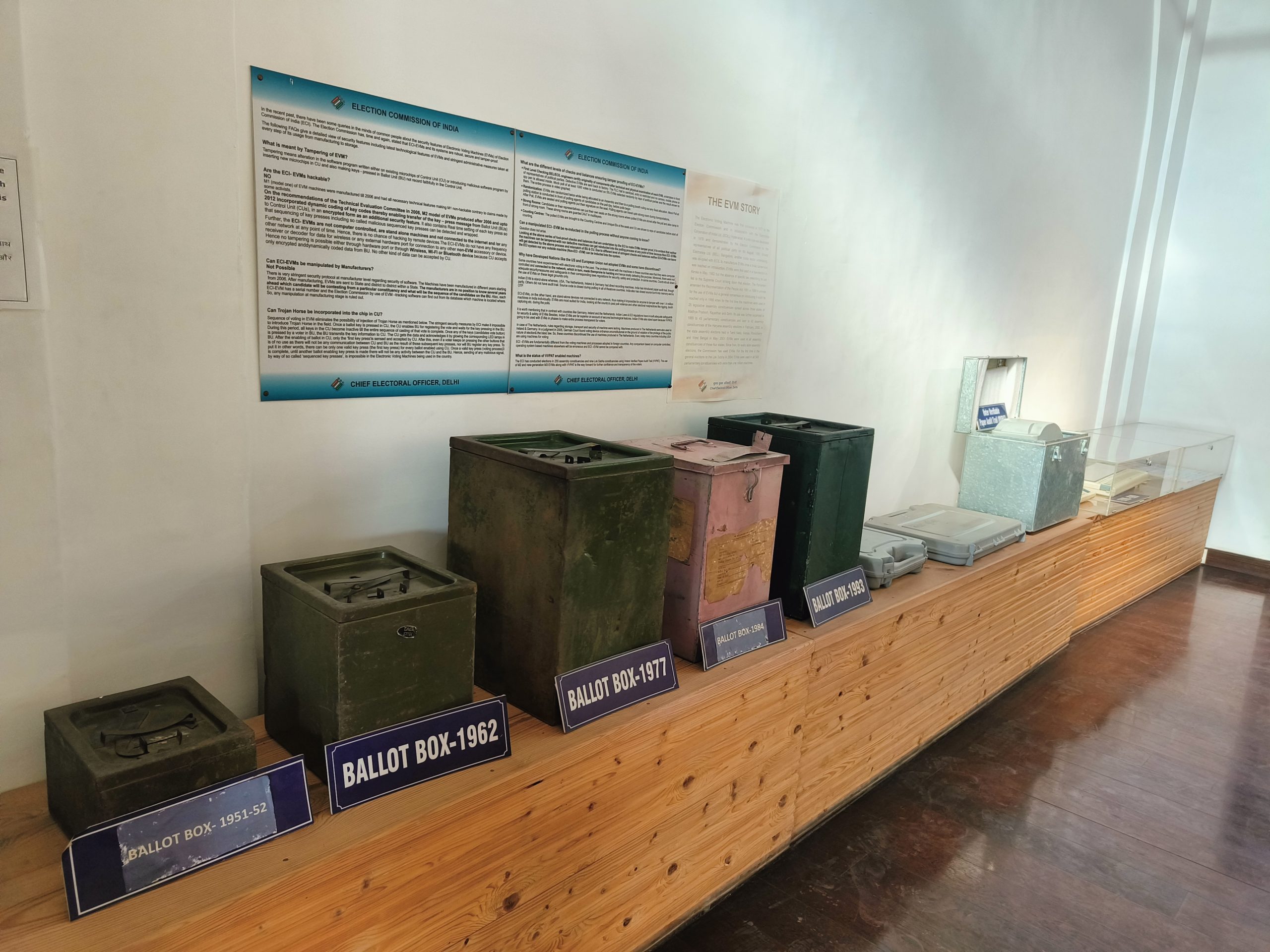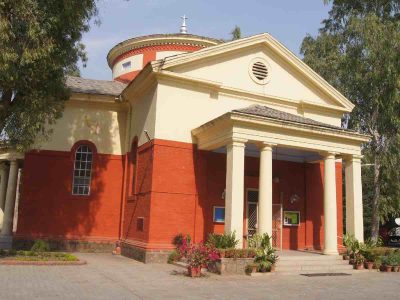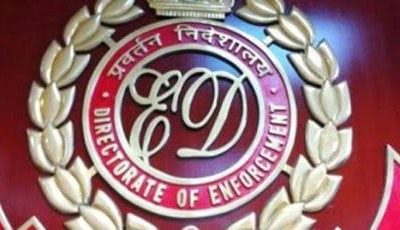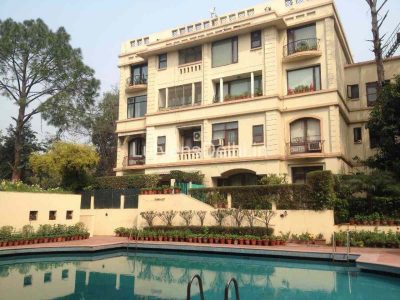With the general elections round the corner, a visit to the one-of-a-kind ‘Election Museum’ at Kashmere Gate exposes one to country’s electoral legacy through artwork, documents and photographs while giving an idea of its electoral past.
The museum, which was inaugurated on October 18, 2016 by the then Chief Election Commissioner of India, Naseem Zaidi, is located on the first floor of the old St Stephen’s College Building, which currently houses the office of the Delhi State Election Commission.
The museum’s entry has an art gallery filled with paintings of students from different schools and colleges. The paintings are all about elections and their importance.
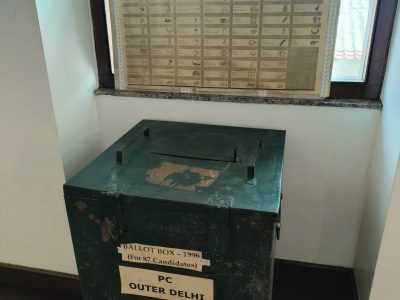
“Vote is my right. I have to enrol my name in the electoral roll,” is written on a painting prepared by a student of Maharaja Agrasen College, Delhi.
Another painting focuses on how elections can bring change. “One vote can change the system. Nation for youth come,” it reads.
The museum includes artefacts like the metal ballot box used in the first general elections in 1951-52, then in 1962, 1977, 1984, 1993 and till 1998 when Electronic Voting Machine (EVM) started being used. It shows a transformation in the process of casting votes.
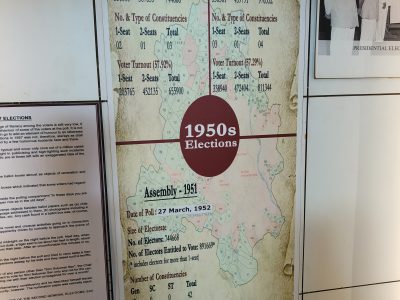
“During the first election in 1951, there were separate ballot boxes for each candidate with party’s symbol and his name kept in a restricted covered area,” reads a placard next to these ballot boxes.
The next hall of the museum houses rare black-and-white images of the election period running through several decades after Independence, and samples of old election symbols.
“With the appointment of Sukumar Sen, IAS as the Chief Election Commissioner in March 1950, preparations for the biggest democratic experiment in the history of mankind began. No officer of state, certainly no Indian official has never had such a stupendous task placed in front of him,” mentions a board in the hall with the picture of the first CEO.
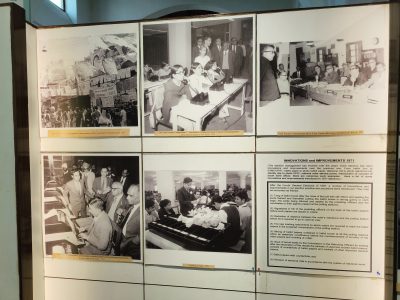
The old pictures show the CEO conducting inspections for the arrangements of the ballot boxes, preparations for the polling days, polling officers explaining the method of casting votes and awareness about the need for voting being created through the use of posters.
The museum has one interesting ballot box which was used in 1996 to cast the votes of 87 candidates.
Next to it is the symbol of the various parties and these include telephone, apple, umbrella, kite, bus, aeroplane, spectacles, tap, pressure cooker among others.
The material used while polling has been kept in one section of the museum. It includes a handbook for presiding officers, form 6, a register of voters file and things like stamps, tape rolls, ink and other items.
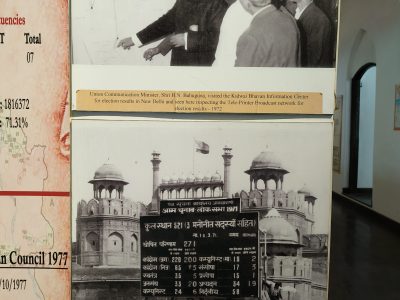
The Voter Verifiable Paper Audit Trail (VVPAT) machine that verifies if the vote has gone to the right candidate that you wished to vote also finds space in the museum. Special Seal of Control is also present in one section.
The museum exhibits the indelible ink that the voters have been using all these years.
“The indelible ink was indigenously developed by CSIR [Council of Scientific and Industrial Research] in 1951. Since 1962 Mysore Paints & Varnish Ltd has been manufacturing this ink for the Election Commission,” reads a board next to these inks.
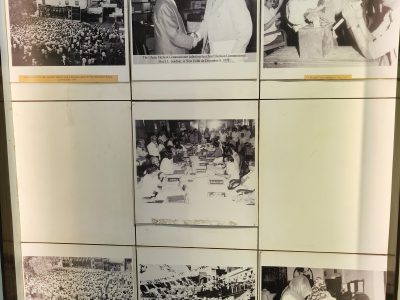
The museum also features a picture of Shyam Saran Negi, who cast the first vote in the 1951 general elections. The former school teacher is said to have voted in every general election and was believed to be India’s oldest voter before he died in 2022 at the age of 105.
The results of the Assembly and Lok Sabha elections conducted in 1951 have also been exhibited to the public. It shows that Assembly elections were conducted on 27th March, 1952 and the polling percentage was 58.52% while the Lok Sabha elections were first conducted on 14th January, 1952 and the total voter turnout was 57.92%. It also mentions elections for the posts of President and Vice-President.
Interesting photographs also depict the transformation in the process of declaration of results. In the past, people used to wait outside the Red Fort or Press Information Bureau (PIB), New Delhi to watch the display boards to know the results
Sandeep Tiwari, a guide at the museum says that the authorities are preserving our electoral legacy.
“Whosever visits us, we show our electoral past and guide them why casting vote is important,” he says.
An official of State Election Commission, Delhi says that over 200-odd exhibits with 100-120 rare photographs, drawn from several archives, have been kept in the museum.
“This is a first-of-its-kind museum in India. We aim to inform and educate more and more people especially youth about the electoral past, how it has changed now and why voting is necessary,” he adds.

